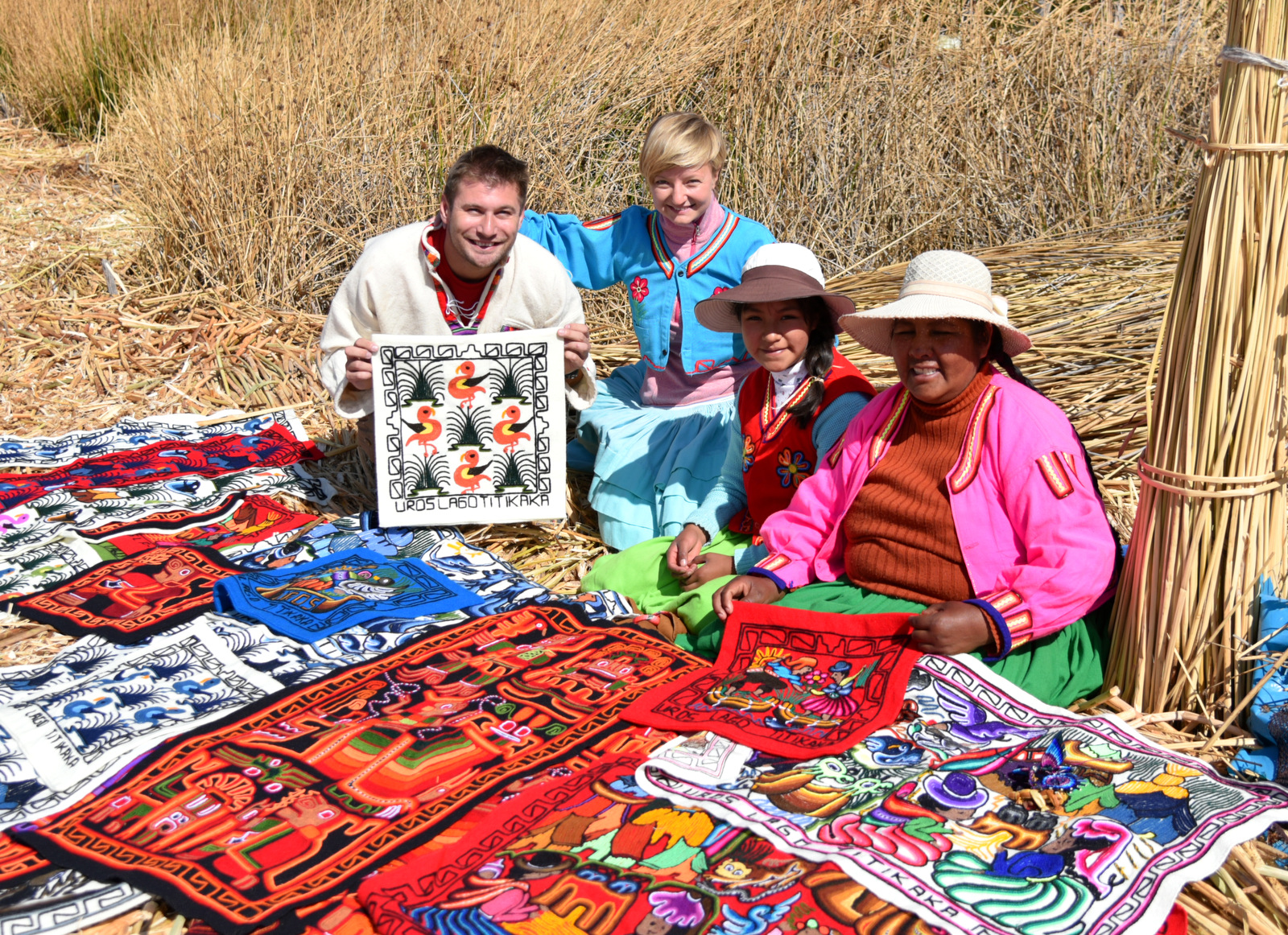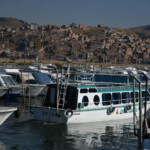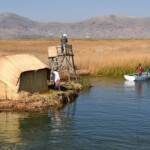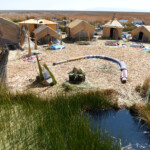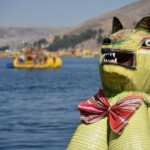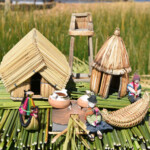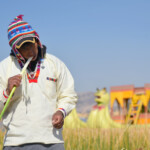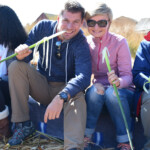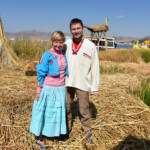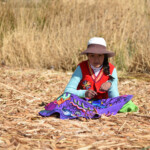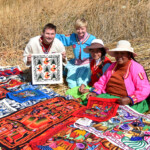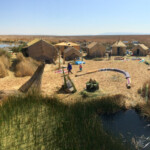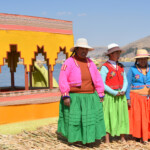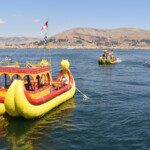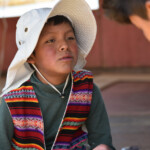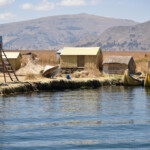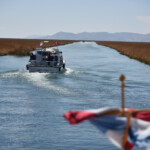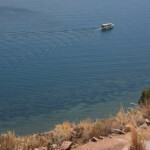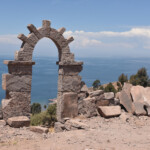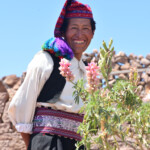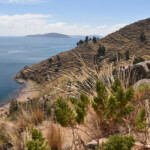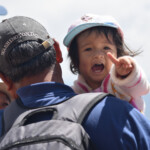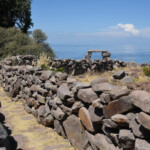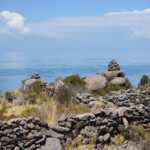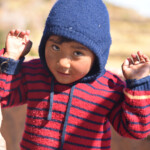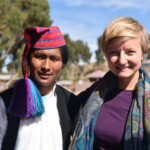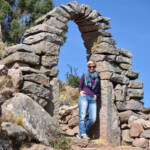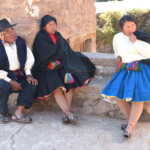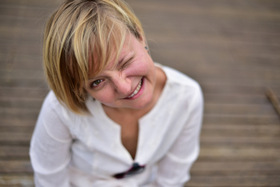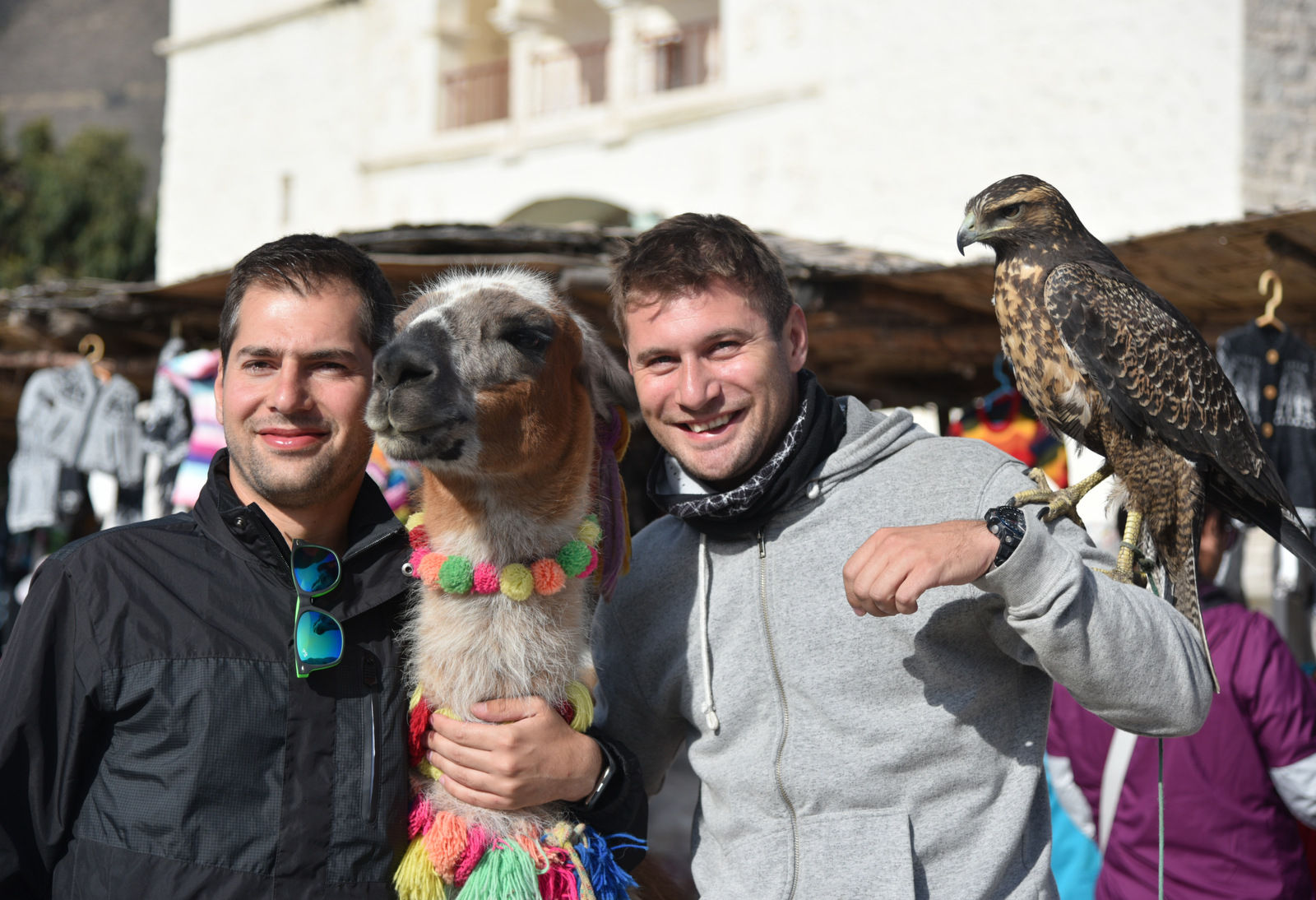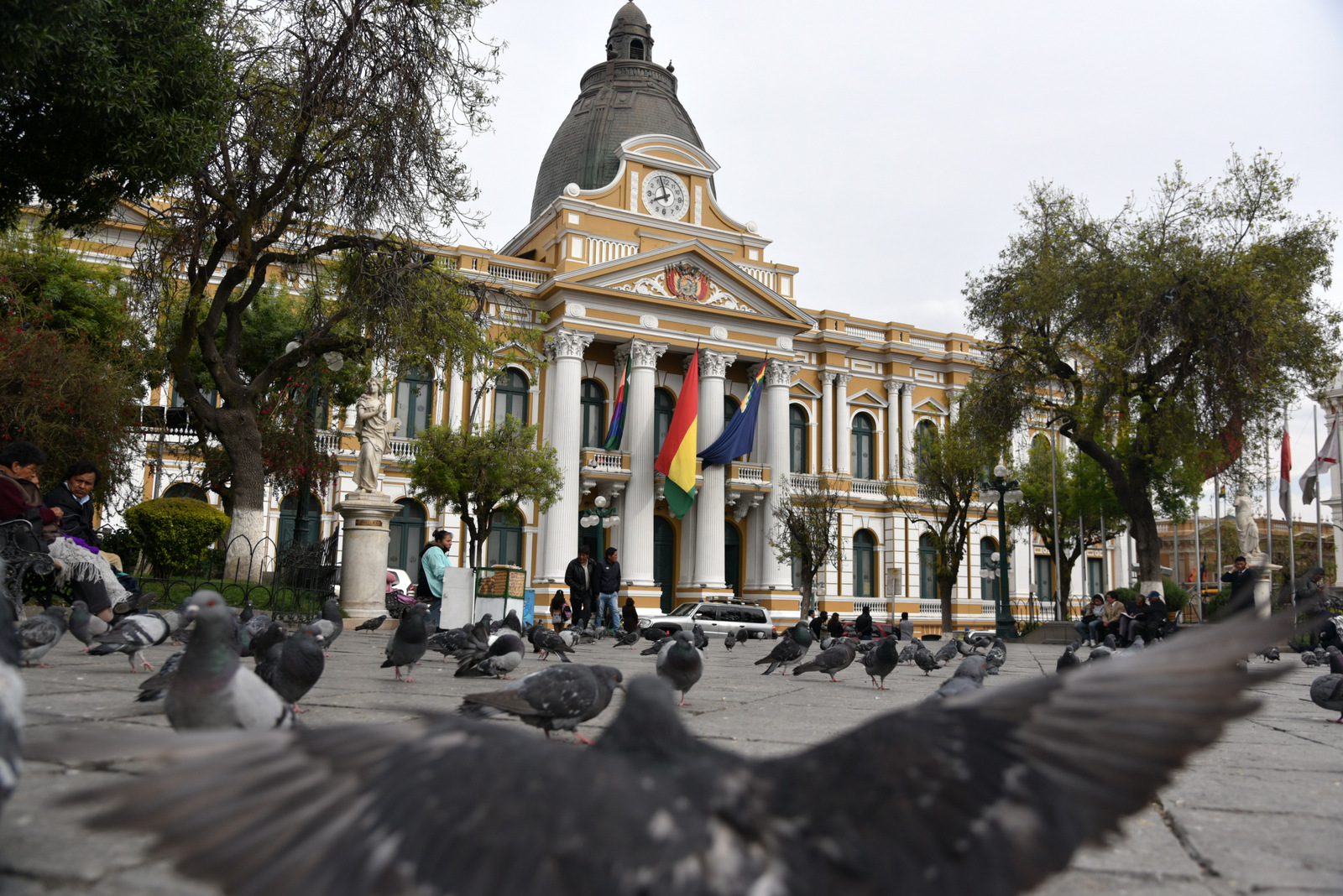An authentic experience on the Titicaca Lake
Impressive mountains in the Cordillera Blanca, dirty ghetto-like cities, ancient sites full of history and culture, beautiful Spanish colonial cities… what we were still missing in Peru was a real authentic experience with the indigenous people. We had it during the 1 day boat trip on the Titicaca Lake.
Located on the border between Southern Peru and Northern Bolivia, at more than 3800 m, Titicaca is considered the highest commercially navigable lake in the world. It is impressively big (more than 8000 square kilometers), home to more than 60 species of birds and unique species of fish and amphibians and is the ancestral land of the Quechuas, Aymaras, Uros, Pacajes and Puquinas pre-Hispanic cultures.
The Uros are still on the lake, with the same language, costumes and traditions as hundreds of years ago. Their story and their current lives are just incredible: they used to live up in the mountains before Incas came to conquer them, time when they descended and discovered Titicaca. Tired of running and paddling on the lake they observed the unlimited reeds that Titicaca offered and thought creatively or in modern words – “out of the box”: reeds’ roots together with its mud and dried reeds put together to build an island, dried reeds to build houses and indoor furniture, reeds to build boats, reed’s roots to feed the tribe…their whole life made out of reeds! And it is still the case today!!! 82 small floating artificial islands made by their hands are still on the lake, alive! The Uros are born there, grow up, marry, have children and die on the reeds islands, with the same traditions as hundreds of years ago. They feed with the fish they fish, the birds they hunt and reeds; they make their own nicely colored clothes, they sing, they dance, they are happy! They don’t need money…what for? Nature offers them everything. Would you imagine such a life?
And this is not all of the Titicaca genuinely authentic experience. After Uros, we reached Taquile, a bigger island, this time natural. Quechuas live here for hundreds of years as well. They also do not need money: they make their houses out of stones and sand, they have their own traditional costumes (which can tell if one is married, single or leader considering the color and form of the hat) and their main occupation is agriculture. The land is terraced and split in many plots on which potatoes, beans, quinoa or other cereals/ vegetables grow. Each plot is used for 3 years and afterwards left empty for other 3 out of respect for the pachamama that needs to relax as well. This is managed and taken care of by one of the leaders of the community that are yearly chosen. Another interesting fact is that while wondering the paths of the island one can see men sewing (no, for the Quechuas, this is not a women activity).
We left the lake with the same lesson we’ve got after the trekking with our guide Kan in Mount Batur – Indonesia: one does not really need much to be happy and enjoy life, respect the others and mother earth.

